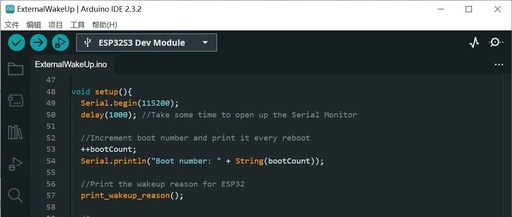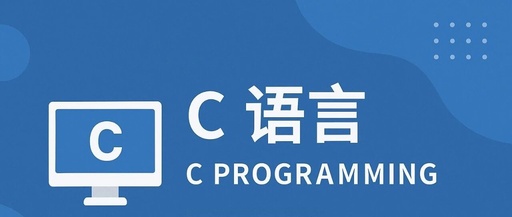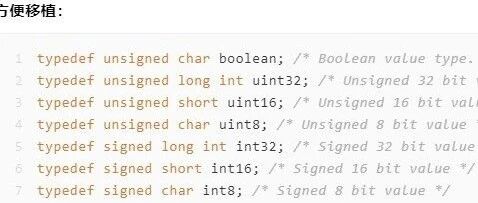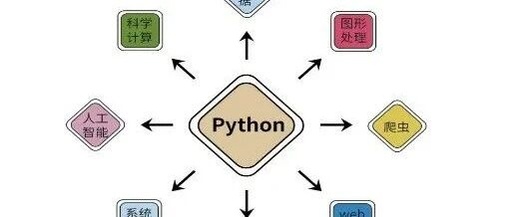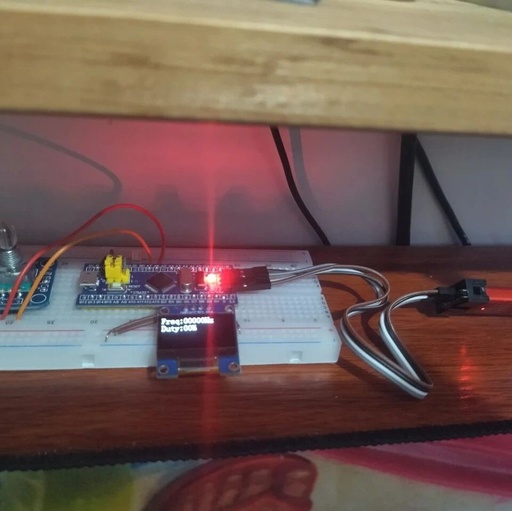In-Depth Understanding of Arduino .ino Files: Mastering the Essence of Arduino Programming
Introduction The core code files of Arduino have the extension <span>.ino</span>, which are essentially C++ code but simplified for easier access by beginners. This article will delve into the writing format, content, and operating mechanism of <span>.ino</span> files, helping you understand the mysteries of Arduino code from scratch. Structure of .ino Files An <span>.ino</span> file … Read more
